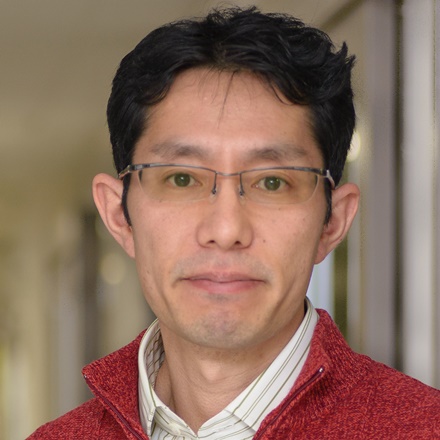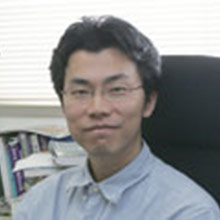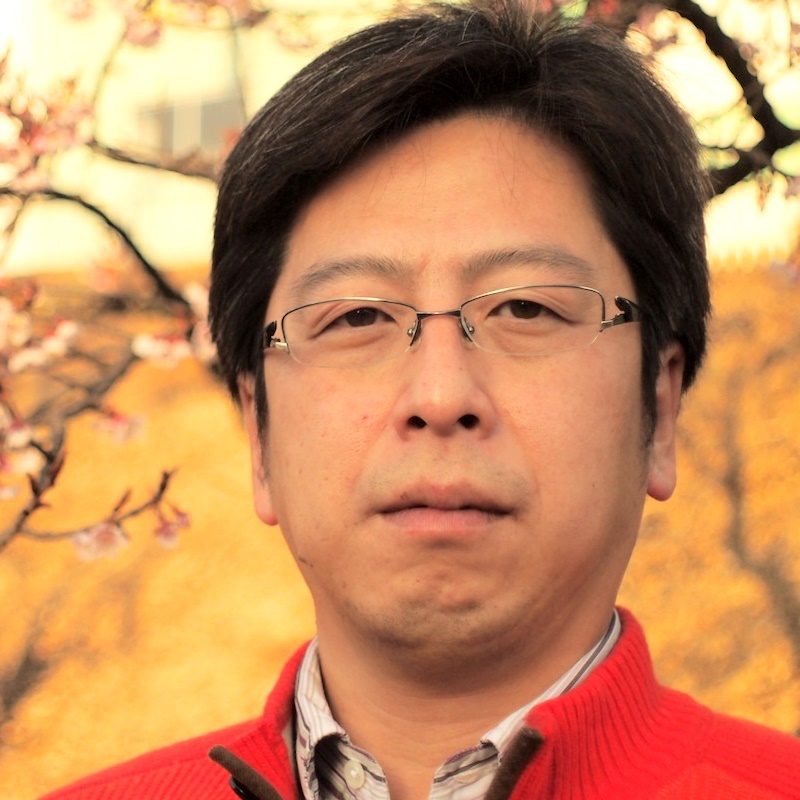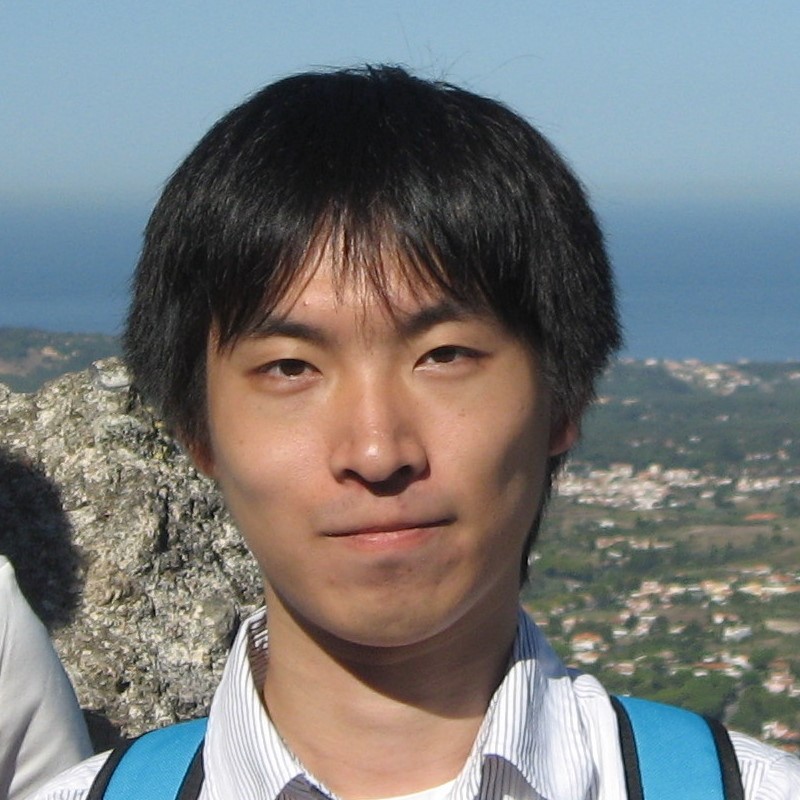Bioinformation and DDBJ Center
Bioinformation and DDBJ Center

ARITA, Masanori
Head, Bioinformation
and DDBJ Center

OGASAWARA, Osamu
Division Head (High Performance Computing)

FUJISAWA, Takatomo
Division Head (Database)

NAKAMURA, Yasukazu
Division Head (International Affairs)

TANJO, Tomoya
Division Head (Internal Affairs)
Members
SHIMIZU, Atsushi
SHIRAISHI, Yuichi
KINOSHITA, Kengo
TANIZAWA, Yasuhiro
KOSHIMIZU, Shizuka
SEITA, Jun
KRYUKOV, Kirill
KAWAI, Yosuke
The DNA Data Bank of Japan (DDBJ) was established in 1987. It collaborates with the NCBI in the United States and with ENA/EBI in Europe, and maintains the International Nucleotide Sequence Database Collaboration (INSDC) to provide a worldwide public asset for life sciences. Data on patent-related DNA and amino acid sequences are available through the cooperation of INSDC and patent offices in Japan, the United States, and Europe. We also cooperate with the Korean Bioinformation Center (KOBIC) to publish data from Korean patent offices.
Since 2009, the three parties (DDBJ, NCBI, and ENA) have cooperated to maintain the Sequence Read Archive for nextgeneration sequence data, BioProject for research projects, and BioSample for biological sources, materials and samples (Figure A). In 2013, DDBJ started the Japanese Genotype-phenotype Archive (JGA) in collaboration with the National Bioscience Database Center of the Japan Science and Technology Agency (JST). We will continue to provide fundamental databases for life sciences.
Data submission to DDBJ is mainly from Japan; some come from other Asian and Middle-eastern countries. The number of submissions from these sources represents 4% of all INSD submissions (Figure B). Internet access to DDBJ is obtained via domain names, e.g. 50% from ‘.com’ and ‘.net’ (from companies), 20% from ‘.jp’ (from Japan), and 7% from ‘.gov’ (from the US government). The remaining accesses are from anonymous sources or unknown addresses.
Our supercomputer platform is free for Japanese investigators. Each year, more than 1700 registered users conduct life science research on our supercomputer system.
A

B
















